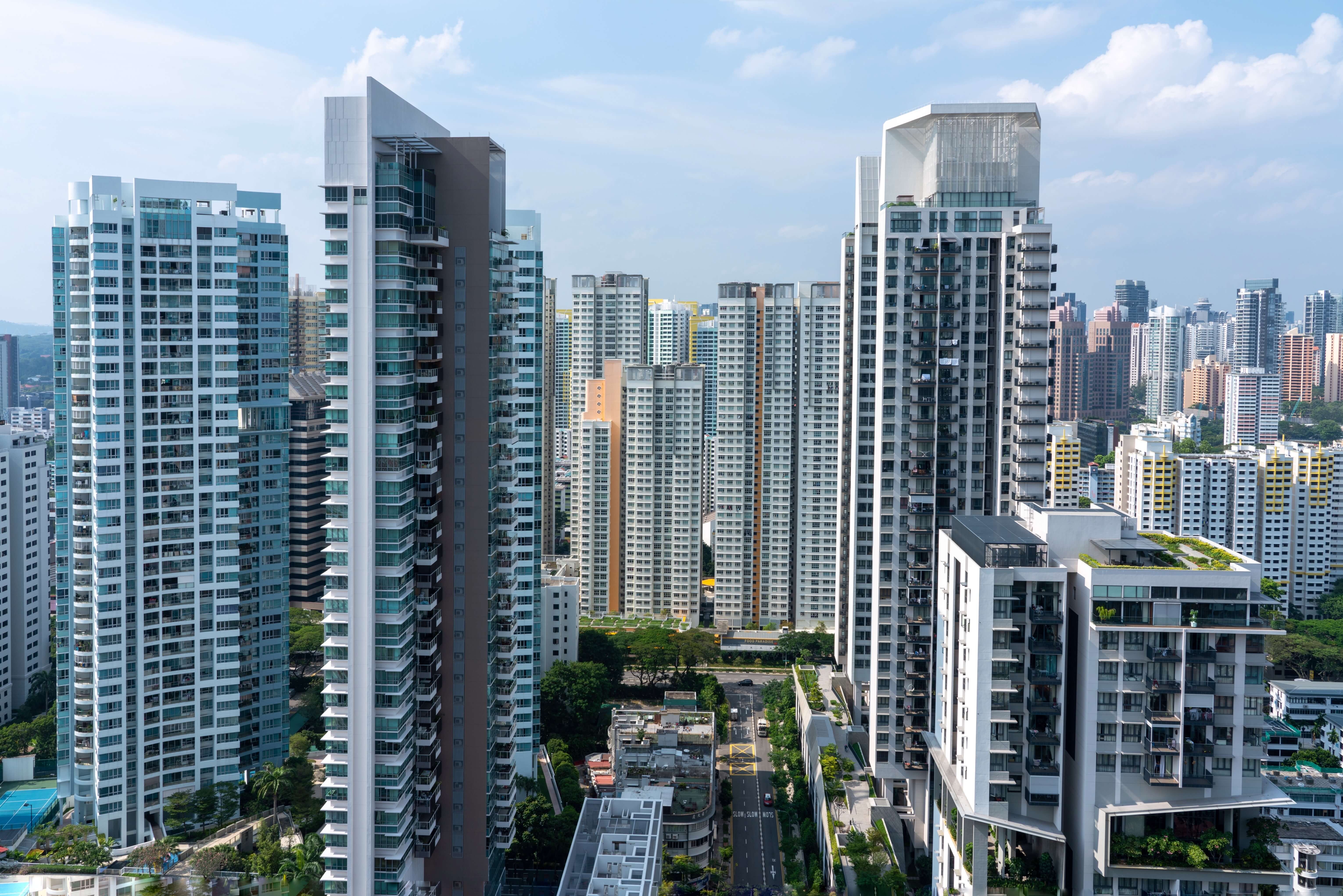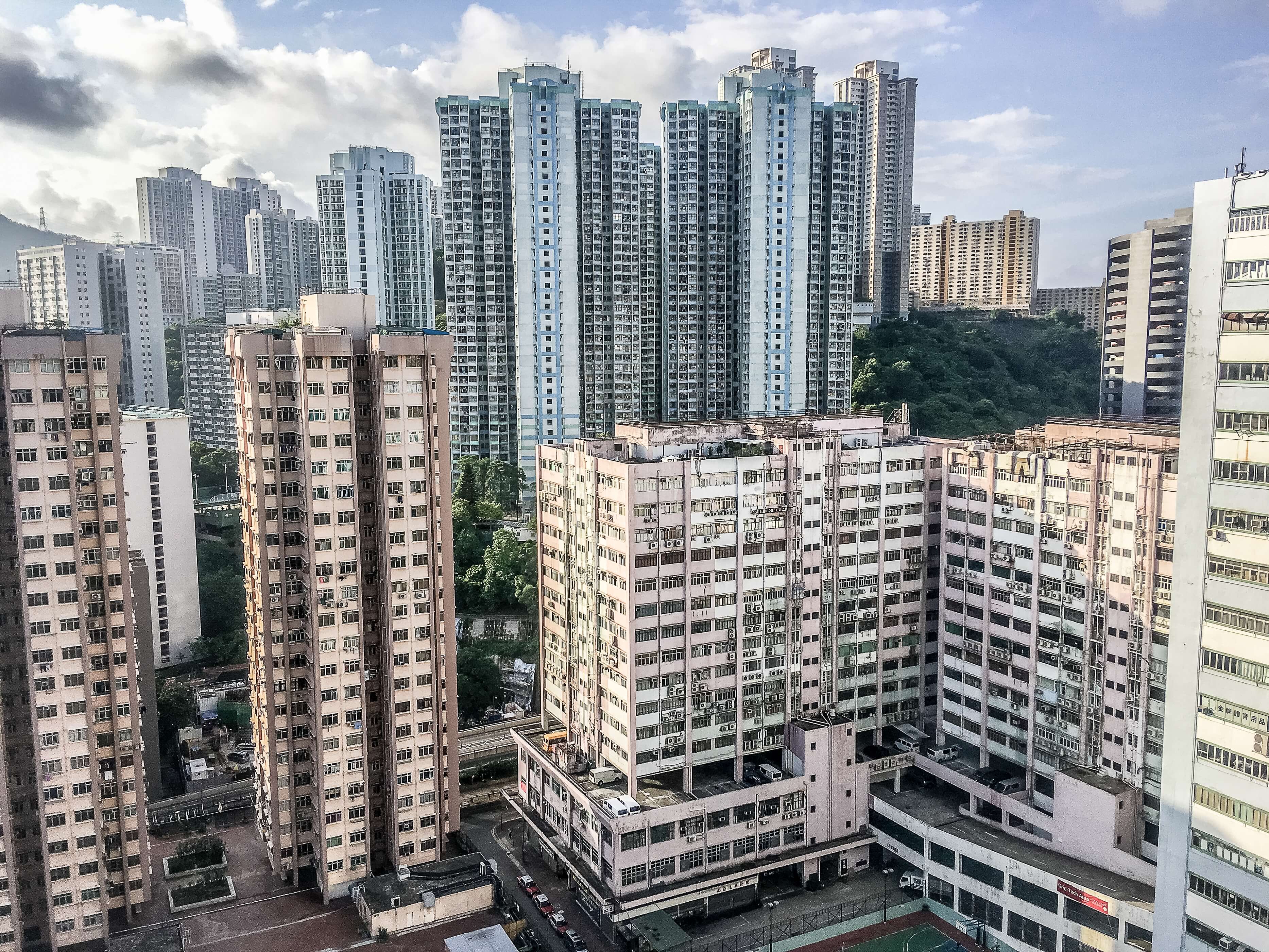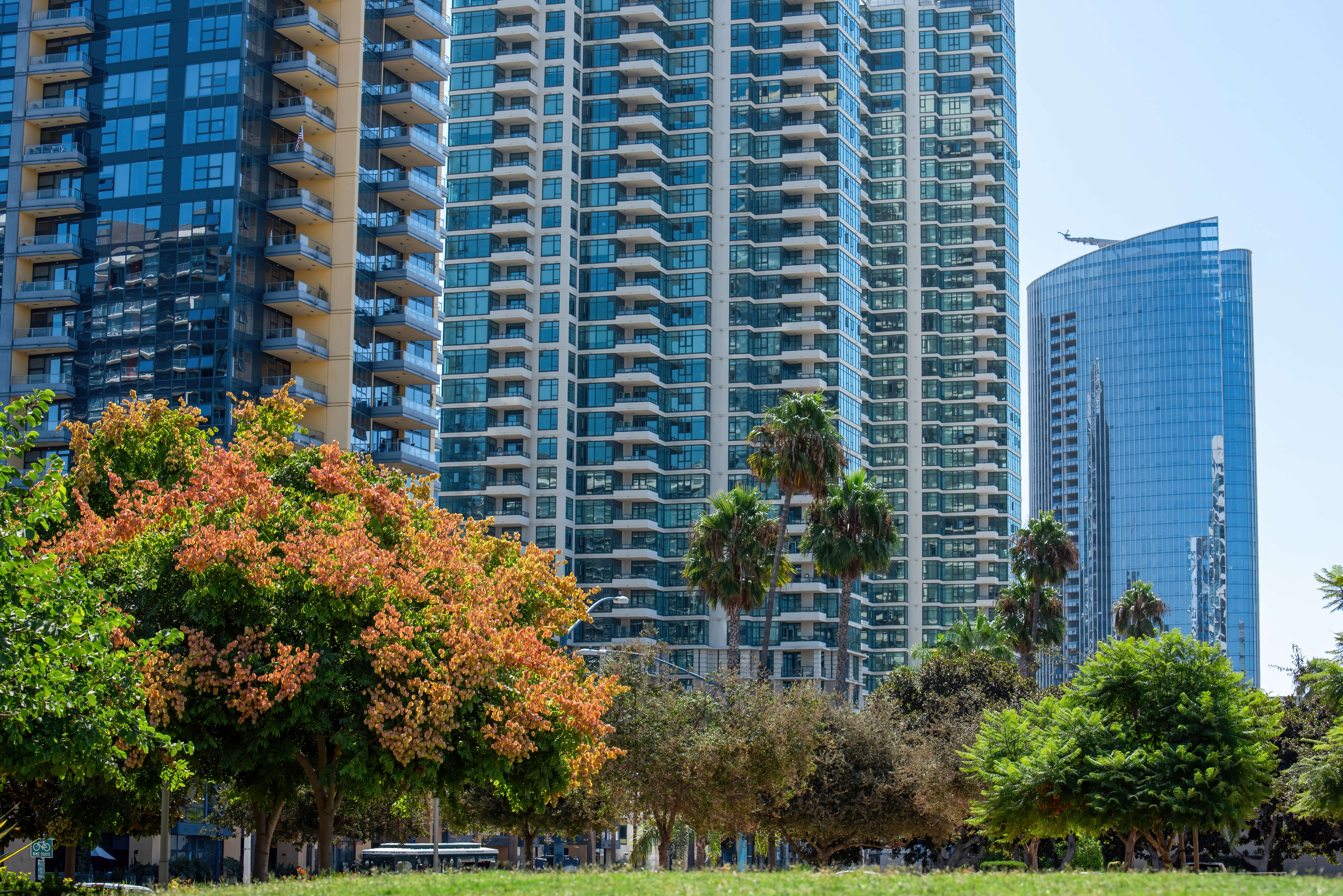South Mumbai is known for its heritage architecture such as the Chhatrapati Shivaji Terminus, the Gateway of India, the Bombay High Court, etc. Known for its cosmopolitan lifestyle, a new kind of wave is sweeping across South Mumbai i.e. “the green revolution.”
The focus area of the green revolution is residential real estate and not public places such as parks or roads. The perils of climate change are rapidly approaching. Urban heat and resource scarcity are making life difficult in urban areas. The only answer to these problems is eco-friendly construction and LEED (Leadership in Energy and Environmental Design) certified buildings.
As Mumbai becomes more receptive to these new ideas, the trend is rapidly sweeping the city’s luxury residential landscape. Earlier this trend affected how homes were built, but now discerning buyers consider it a value addition to all the living spaces both new and old.
Setting New Standards
LEED certification is the benchmark for sustainable construction worldwide. The US Green Building Council developed it in response to climate change. Mumbai has around 276 LEED-certified buildings and it is only next to Bengaluru which comes at the top spot for green structures in India.
The trend is shifting toward residential projects now and major developers are eager to join the bandwagon. The primary objective is to meet global sustainability benchmarks. LEED aims at various many criterias such as:
A. Indoor air quality
B. Water conservation
C. Energy efficiency
D. The use of sustainable materials
Green buildings are adopting energy-efficient technologies. The Godrej Green Building has implemented rainwater harvesting and green roofs. The objective is to minimize environmental impact and promote a healthier environment inside the apartments and buildings.
Environmental Benefits
Here are some environmental advantages of sustainable living spaces in South Mumbai.
Lower Energy Consumption
To reduce the impact of global warming and to minimize energy consumption green buildings use the following measures:
A. Advanced insulation
B. Smart HVAC systems
C. Efficient lighting.
This strategy hits two birds with one stone. It reduces the carbon footprint and also addresses another looming danger and that is “the urban heat island effect.”
Recently the heat island effect was seen in a small town in Canada which suddenly heated up to 50°C which is unbelievable in that cold climate. During summer months, this issue poses an impending threat in several Indian cities too because of sudden change in meteorological conditions.
Water Conservation
Eco-friendly homes implement various strategies for water conservation such as:
A. Rainwater harvesting
B. Installing low-flow fixtures.
Low-flow fixtures are aerators or dual-flush valves that minimize water consumption by reducing its flow rate. Examples are faucets, showerheads, toilets, and even washing machines.
Gray water recycling is also growing. These measures are extremely pronounced in cities like Mumbai, where water shortages are frequent and recurring.
Better Air Quality
To keep indoor environments healthy, we can take the following steps:
A. Switching to non-toxic paints
B. Installing high-grade air filtration systems
C. Natural ventilation
Respiratory issues are increasing among the urban population and these measures can drastically reduce them. They are generally good for the overall well-being of the inhabitants.
Waste Reduction
Sustainable buildings mostly use recycled materials. They also emphasize locally sourced materials to reduce carbon footprint generated during unnecessary transportation. In China, such buildings implement robust waste management systems. Try to divert construction and household waste from landfills that are making our neighborhoods toxic.
Economic and Lifestyle Benefits
Constructing a LEED-certified home is not costlier. It can increase the upfront cost by just 2-3% more than conventional buildings. However, the long-term financial benefits will outweigh this.
LEED-certified houses will minimize our utility bills. Water-saving technologies will further reduce other monthly expenses. From the investors’ perspective, green buildings have a higher resale value and attract premium clients. So, it is a smart investment and investors will love it.
It also increases the quality of life for the residents. Natural lighting and improved ventilation create healthy living spaces. Landscaping will also promote greenery and minimize carbon footprint.
The Premium Appeal of Green Luxury
The focus is switching from opulence to homes that reflect true value and adaptation to sustainability. The developers’ focus is also shifting from maintaining the highest standards of architectural design & comfort in the new projects to the integration of green roofs, solar panels, and landscape terraces. Last but not least, smart home automation is also a growing trend.
LEED certification has become a badge of prestige instead of a niche-based USP. Buyers and investors consider it as a futuristic approach and a measure that will improve their quality of life.
Other global trends such as the establishment of wellness centers and organic gardens are also picking up fast in urban pockets. Fostering social interaction is a mental and social need. Community spaces help the residents enjoy better mental health and well-being.
Transforming the Urban Fabric
The green revolution is not limited to new constructions. Developers are focusing on existing and old buildings too. There is a huge demand for installing energy-efficient systems and water-saving fixtures.
The demand for improved waste management systems is also gaining momentum. This includes the heritage properties of South Mumbai too. This not only helps in preserving the city’s architectural legacy but also keeps the old buildings relevant and valuable.
Developers involve all stakeholders and adopt an integral approach to implement sustainability in every aspect of the building construction. It encourages partnerships with renewable energy providers in South Mumbai’s elite colonies.
Real-time building analytics is also slowly becoming a trend. Developers are also using innovative materials to implement sustainability.
Challenges and the Road Ahead
Despite the obvious benefits, challenges remain. Retrofitting old buildings is not easy and the perceived cost can shoot up. The hurdles against green certification also exist. These barriers are losing their steam with the advancement of technology and ease of implementing that.
Developers are also focusing on unique challenges in Mumbai. These challenges include unique climate, humidity, frequent rains, and increasing urban density. Given all these challenges, they should prioritize natural ventilation and passive cooling. We cannot simply import these standards from the US or elsewhere. We will need to implement local solutions to these issues.
Final Words
South Mumbai is embracing sustainable living faster than you can imagine. This fundamental shift is a priority now, given the challenging future. With the shifting focus on luxury and comfort in residential spaces, developers are switching to eco-friendly construction.
With increasing education and more discerning buyers, demand for green homes will only increase. Realtors and developers should take it as a moment of opportunity. Besides being beautiful and exclusive, the living spaces should also be resilient and environmentally responsible. The green revolution is already happening, and South Mumbai is ready to welcome it.



